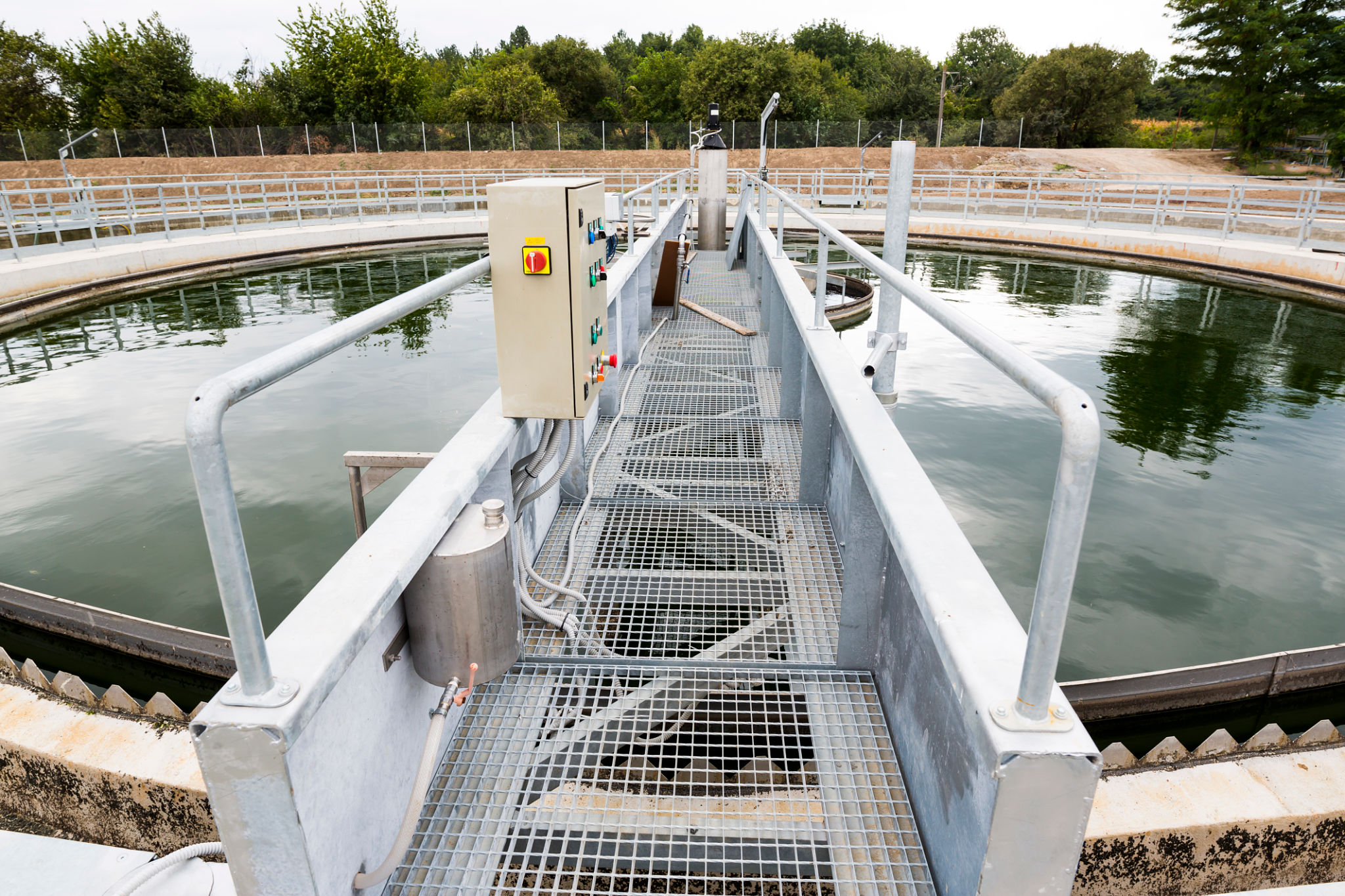Maximizing Environmental Impact: A Guide to Successful Bio-Swale Projects in Florida
Understanding Bio-Swales
Bio-swales are landscape elements designed to concentrate or remove debris and pollution from surface runoff water. They are typically shallow, vegetated, and slightly sloped channels that slow down the flow of rainwater, allowing it to infiltrate the ground. These sustainable drainage systems can significantly enhance water quality and reduce flooding risks.
In Florida, bio-swales are becoming increasingly popular due to their ability to address water management challenges specific to the region, such as heavy rainfall and the need for groundwater replenishment. By integrating bio-swales into urban and rural landscapes, communities can effectively manage stormwater while promoting natural habitats.

Benefits of Implementing Bio-Swales in Florida
The advantages of bio-swales extend beyond just water management. They also offer a host of environmental, economic, and aesthetic benefits:
- Improved Water Quality: Bio-swales filter pollutants from runoff, reducing contamination in local waterways.
- Flood Mitigation: By slowing down and absorbing rainwater, bio-swales help prevent flooding in urban areas.
- Habitat Creation: These systems provide habitats for native plants and wildlife, promoting biodiversity.
- Cost-Effective: Compared to traditional stormwater management systems, bio-swales can be more cost-effective in the long run.
- Aesthetic Appeal: With careful design, bio-swales can enhance the visual appeal of landscapes.
Steps to Designing a Successful Bio-Swale
Designing an effective bio-swale requires careful planning and consideration of several factors. Here are the key steps involved:
- Site Assessment: Evaluate the area's topography, soil type, and existing vegetation to determine the best location and design for the bio-swale.
- Design Specifications: Plan the dimensions, slope, and plant selection based on site conditions and desired outcomes.
- Construction: Excavate the area according to design plans, install soil amendments if needed, and plant suitable vegetation.
- Maintenance Plan: Develop a maintenance schedule to ensure the bio-swale functions effectively over time.

Choosing the Right Plants for Bio-Swales
The selection of plants is crucial for the success of a bio-swale. Native plants are often preferred as they are well adapted to local climate conditions and require less maintenance. Consider using a mix of grasses, shrubs, and flowering plants that can thrive in both wet and dry conditions.
Some popular choices for Florida include Muhly Grass, Swamp Milkweed, and Firebush. These plants not only support the bio-swale's functionality but also enhance its aesthetic value by adding color and texture.
Challenges in Bio-Swale Implementation
While bio-swales offer numerous benefits, there are challenges to consider. Poorly designed or maintained systems may fail to manage runoff effectively or become overgrown with invasive species. Additionally, initial costs and public resistance to changing landscapes can hinder implementation.
To overcome these challenges, it's essential to engage with stakeholders early in the planning process and provide education on the long-term benefits of bio-swales. Collaborating with local experts can also help ensure that projects are designed and maintained effectively.

Case Studies: Successful Bio-Swale Projects in Florida
Florida has seen several successful bio-swale projects that serve as models for future initiatives. For example, the City of Tampa implemented bio-swales in its downtown area to address stormwater management while beautifying urban spaces. Similarly, Miami-Dade County has integrated bio-swales into its green infrastructure plan to combat flooding and improve water quality.
These case studies highlight the potential of bio-swales to transform urban environments while addressing critical environmental issues. By learning from these examples, other communities in Florida can develop their own successful projects.
The Future of Bio-Swales in Florida
As Florida continues to grapple with environmental challenges like climate change and urbanization, the role of bio-swales is likely to grow. With proper planning and community support, these systems can be a vital part of sustainable urban development strategies across the state.
The integration of technology, such as sensors for monitoring water quality and flow rates, could further enhance bio-swale effectiveness. By embracing innovation and collaboration, Florida can maximize the environmental impact of its bio-swale projects for generations to come.
